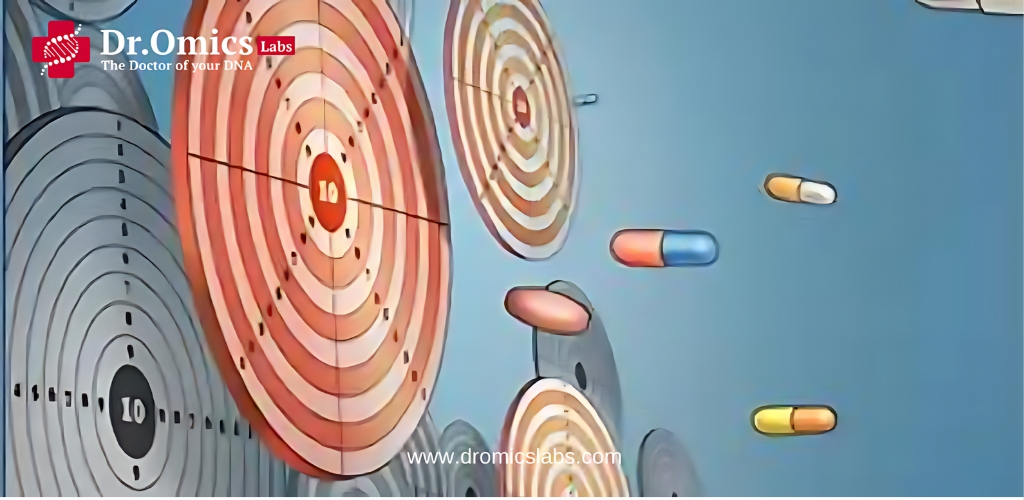Drug target hunting is a crucial step in drug discovery. It involves identifying and validating a biological target that can be modulated by a drug molecule to achieve a therapeutic effect. The process of drug target hunting is complex and requires a deep understanding of the underlying biology of the disease, the molecular mechanisms involved, and the signalling pathways that regulate them.
Drug Target Hunting Resources
One of the most comprehensive and widely used resources for drug target hunting is DrugBank, which contains information on over 9000 drugs and 5000 targets, as well as their interactions, pharmacological effects, mechanisms of action, and clinical trials. DrugBank also provides tools for structure-based and ligand-based drug screening, as well as drug-drug interaction prediction. DrugBank is updated regularly with new data from various sources, such as scientific literature, patents, drug labels, and databases. DrugBank is a valuable resource for researchers who want to explore the existing knowledge on drugs and targets, as well as to discover new potential candidates for drug development.
Another useful resource for drug target hunting is SuperTarget, which integrates drug-related information from various databases, such as ChEMBL, BindingDB, BioGRID, and KEGG. SuperTarget allows users to query and explore drug-target relationships based on various criteria, such as medical indication areas, adverse drug effects, drug metabolization, pathways, and Gene Ontology terms. SuperTarget also provides a subset of data called Matador, which contains more detailed information on the binding affinity and mode of action of drugs and targets, as well as indirect interactions and network analysis. SuperTarget and Matador are helpful for users who want to gain a deeper understanding of the molecular basis of drug action and the potential side effects of drugs.
Tools for Drug Target Hunting
There are several online tools available for target hunting in drug discovery. These tools can help researchers identify potential targets, validate their biological relevance, and prioritize them for further investigation. Some of these tools include:
- BindingDB: A searchable database of experimentally measured binding affinities, focusing chiefly on the interactions of proteins considered to be drug-targets with small, drug-like molecules.
- BioGRID: An open-access database on protein, genetic, and chemical interactions for humans and all major model organism species and humans.
- canSAR: A cancer research and drug discovery knowledgebase that contains chemical and pharmacological data for over one million bioactive small molecule drugs and compounds corresponding to ~8 million pharmacological bioactivities as well as over 10 million calculated chemical properties intended to enable target selection and validation in drug discovery.
- CARLSBAD: A confederated database of more than 1 million bioactivity values for over 400,000 compounds associated with 3,500 protein targets. A one-click user query can determine potential leads for a target, associated off-targets, and druggable targets in associated disease pathways.
- ChEMBL: A large-scale database of bioactive drug-like small molecules, it contains 2-D structures, calculated properties (e.g. logP, Molecular Weight, Lipinski Parameters, etc.) and abstracted bioactivities (e.g. binding constants, pharmacology, and ADMET information). Target data can be searched via keyword, protein sequence search (BLAST), or by navigating the target classification hierarchy.
Techniques for Drug Target Hunting
There are several techniques used for drug target hunting. Here are some of the most commonly used techniques:
- Genetic screening: Genetic screening is a technique used to identify genes that are associated with a particular disease. This technique involves analyzing the DNA of individuals with the disease and comparing it to the DNA of healthy individuals. By identifying the genes that are differentially expressed in the two groups, researchers can identify potential targets for drug development.
- Proteomics: Proteomics is the study of the structure and function of proteins. This technique involves analyzing the proteins present in a particular tissue or cell type to identify potential targets for drug development.
- Chemical screening: Chemical screening is a technique used to identify small molecules that can modulate a particular biological target. This technique involves screening large libraries of compounds to identify those that are active against a particular target.
- Computer-aided drug design: Computer-aided drug design is a technique used to design new drugs using computational methods. This technique involves using computer models to predict the structure of a drug molecule and its interactions with a biological target.
- Phenotypic screening: Phenotypic screening is a technique used to identify compounds that can modulate a particular phenotype. This technique involves screening large libraries of compounds to identify those that can alter the phenotype of a particular cell or tissue type.
Conclusion
Drug target hunting is a complex and challenging process that requires a deep understanding of the underlying biology of the disease, the molecular mechanisms involved, and the signaling pathways that regulate them. However, with the help of new tools and technologies, researchers can identify new targets, validate their biological relevance, and develop new drugs to treat a wide range of diseases. The techniques used for drug target hunting are constantly evolving, and new methods are being developed to improve the accuracy and efficiency of the process. By staying up-to-date with the latest developments in the field, researchers can continue to make significant contributions to the development of new drugs and therapies that can improve the lives of millions of people around the world.
References
(1) Drug Hunter – drug discovery, distilled.
(2) Hunting for New Drugs with AI – Nature.




